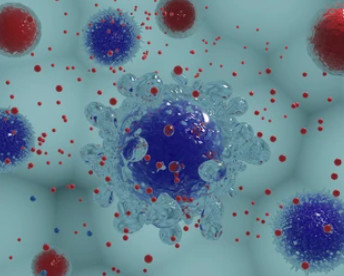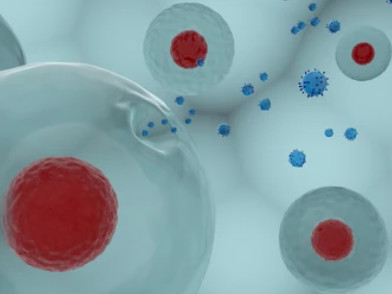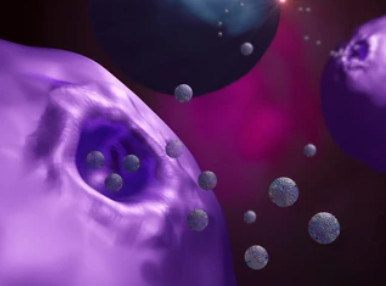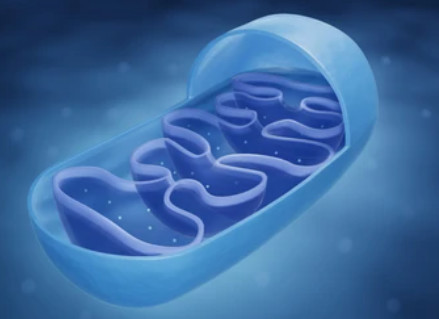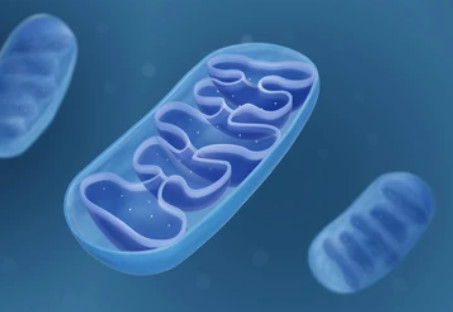Mitochondrial Respiratory Chain Enzyme Analysis
Online InquiryAssessment of mitochondrial respiratory chain enzyme activity is essential for the study of mitochondrial function in mitochondria-related diseases, and many toxicological analysis. Creative Proteomics is a leading service provider of mitochondrial analysis services. Based on multiple biochemical methods, our team of experts efficiently and accurately perform mitochondrial respiratory chain complex and ATP enzyme determination and analysis. We are committed to providing valuable information on the function of the mitochondrial respiratory chain in various cells and tissues, applicable to many research investigations.
Service offering at Creative Proteomics
We offer a customized and one-stop service for mitochondrial respiratory chain enzyme activity measurements. Our service is based on verified and reliable protocols for mitochondria isolation from various samples and spectrophotometric determination of mitochondrial respiratory chain complexes I-V plus citrate synthase (CS). Mitochondrial respiratory chain enzyme activity is usually expressed relative to CS activity, as these ratios may be more indicative of the variability that may arise in various conditions, including tissue quality, cell growth conditions, and handling and storage.

Our service consists of sample preparation from cells and tissues, mitochondria isolation, mitochondrial membrane disruption, spectrophotometric determination of mitochondrial respiratory chain enzyme activity, and analysis and interpretation of results. We can help customers measure the following mitochondrial respiratory chain enzymatic activities in cells and tissues, but are not limited to:
- Measurement of complex I (NADH: ubiquinone oxidoreductase) activity
Complex I is one of the starting points of the mitochondrial respiratory chain, which oxidizes NADH generated by the Krebs cycle in the mitochondrial matrix and transfers two electrons to the electron carrier CoQ via one flavin mononucleotide (FMN) and a series of iron-sulfur (Fe-S) clusters.
- Measurement of complex II (succinate: coenzyme Q oxidoreductase) activity
Complex II oxidizes succinate to fumarate during the sixth step of the TCA cycle in the mitochondrial matrix. This enzyme combines oxidation with the reduction of the electron carrier CoQ. (Direct measurement, absorbance value at 340nm)
- Measurement of complex III (ubiquinol: cytochrome c oxidoreductase) activity
Complex III, also known as cytochrome bc1 complex, catalyzes the transfer of electrons from ubiquinol to cytochrome c, the second mobile electron carrier of the mitochondrial respiratory chain. (Indirect measurement, absorbance value at 600nm)
- Measurement of complex IV (cytochrome c oxidase) activity
Cytochrome c oxidase is the terminal enzyme of the electron transport chain (ETC). It catalyzes the oxidation of cytochrome c as well as the reduction of molecular oxygen (O2) to water (H2O). (Direct measurement, absorbance value at 550nm)
- Measurement of complex V (ATP synthase) activity
Complex V is an F-type ATP synthase. It is a rotary enzyme that couples proton translocation, driven by the proton motive force (PMF) generated by proton translocation at the level of complexes I, III and IV, with ATP synthesis. (Indirect measurement, absorbance value at 340nm)
- Measurement of complexes I + III binding activity
- Measurement of complexes II + III binding activity
Sample requirement
- Acceptable sample
-Cultured cells, such as fibroblasts, amniocytes, EBV-transformed lymphoblasts, myoblasts, cybrids, or hybrids
-Various tissues: Muscle, brain, or kidney
- Preferred vol:100 mg fresh weight
- Minimum vol: May be able to accept smaller specimens, please contact us for approval
- Storage & transport
-Cultured cells: Store at room temperature. Do NOT freeze.
-Tissue biopsy/autopsy samples: Must be stored at -80°C until transport on dry ice.
Application of our service
- Diagnosis of mitochondrial disease
- Toxicological analysis
- Diagnosis and study of experimental models
Reference
- Frazier, Ann E., et al. "Assessment of mitochondrial respiratory chain enzymes in cells and tissues." Methods in cell biology. Vol. 155. Academic Press, 2020. 121-156.
Related Services
* For Research Use Only. Not for use in diagnostic procedures.



